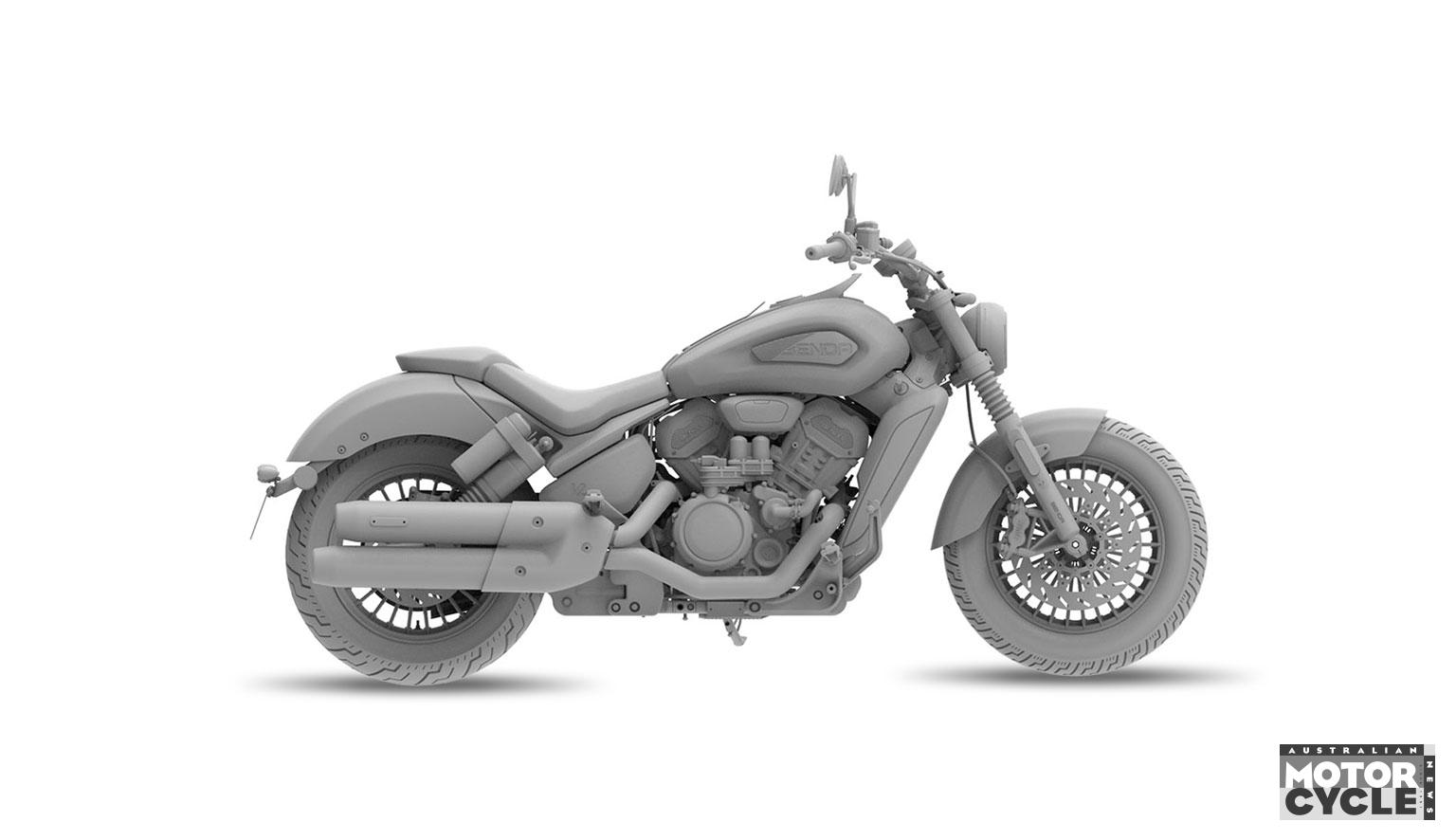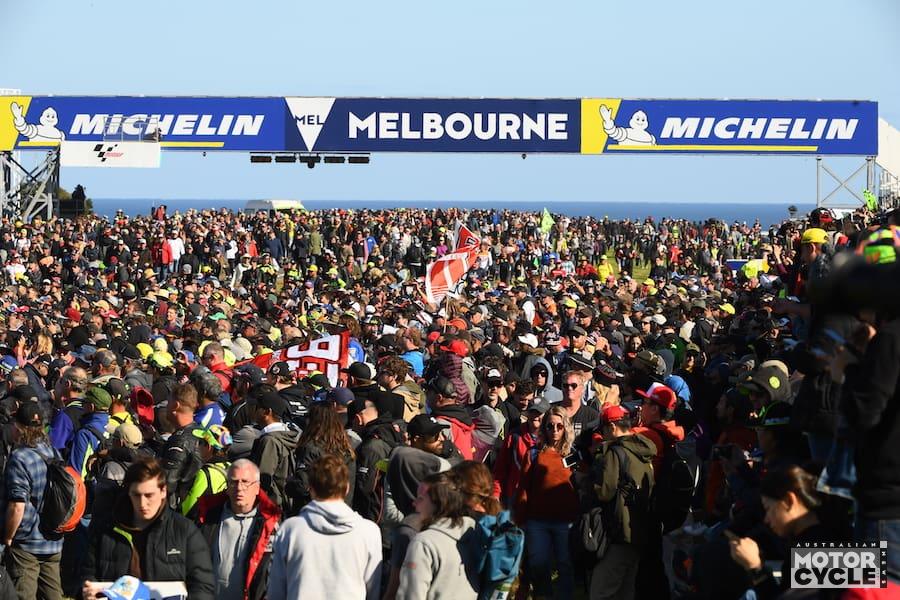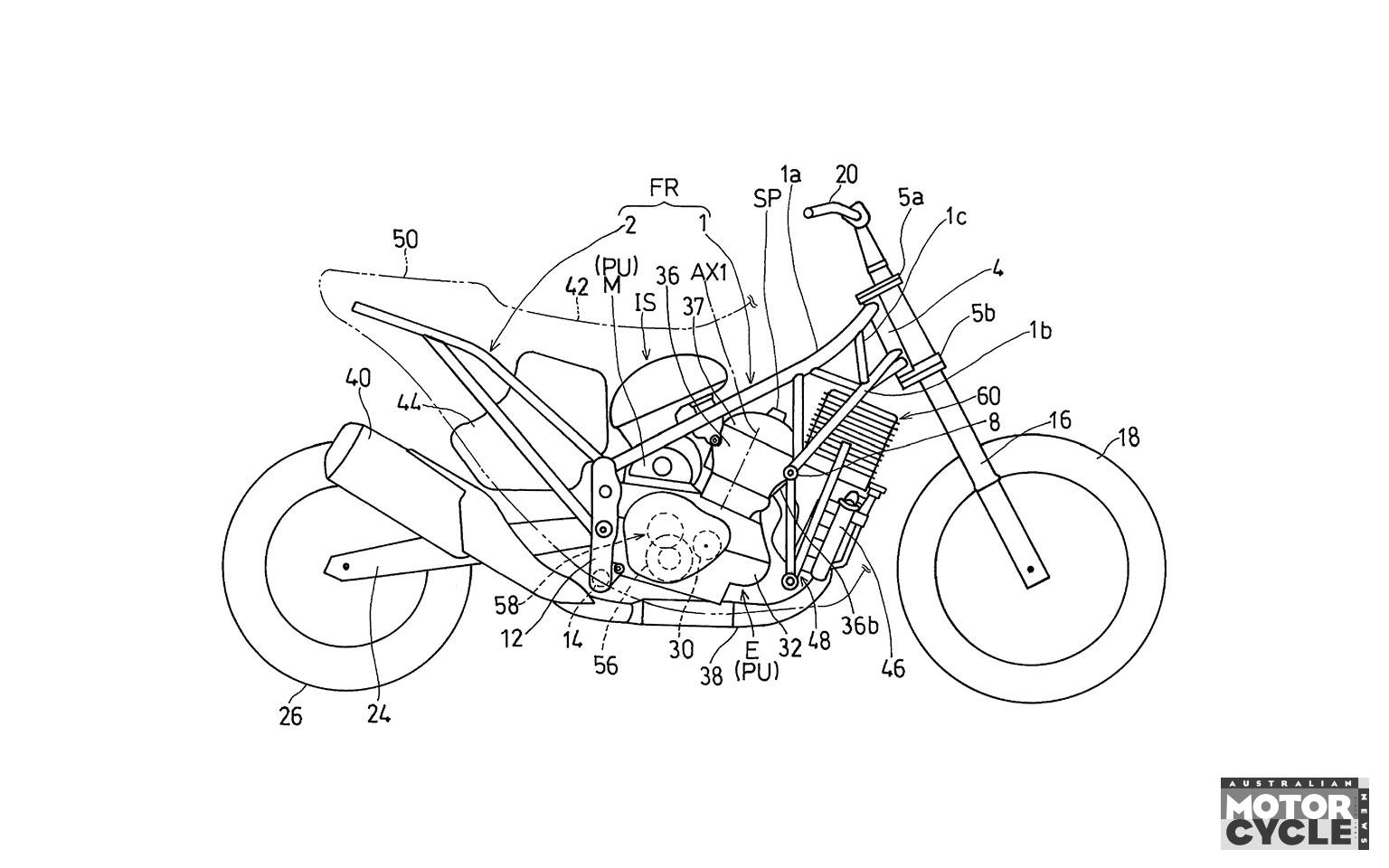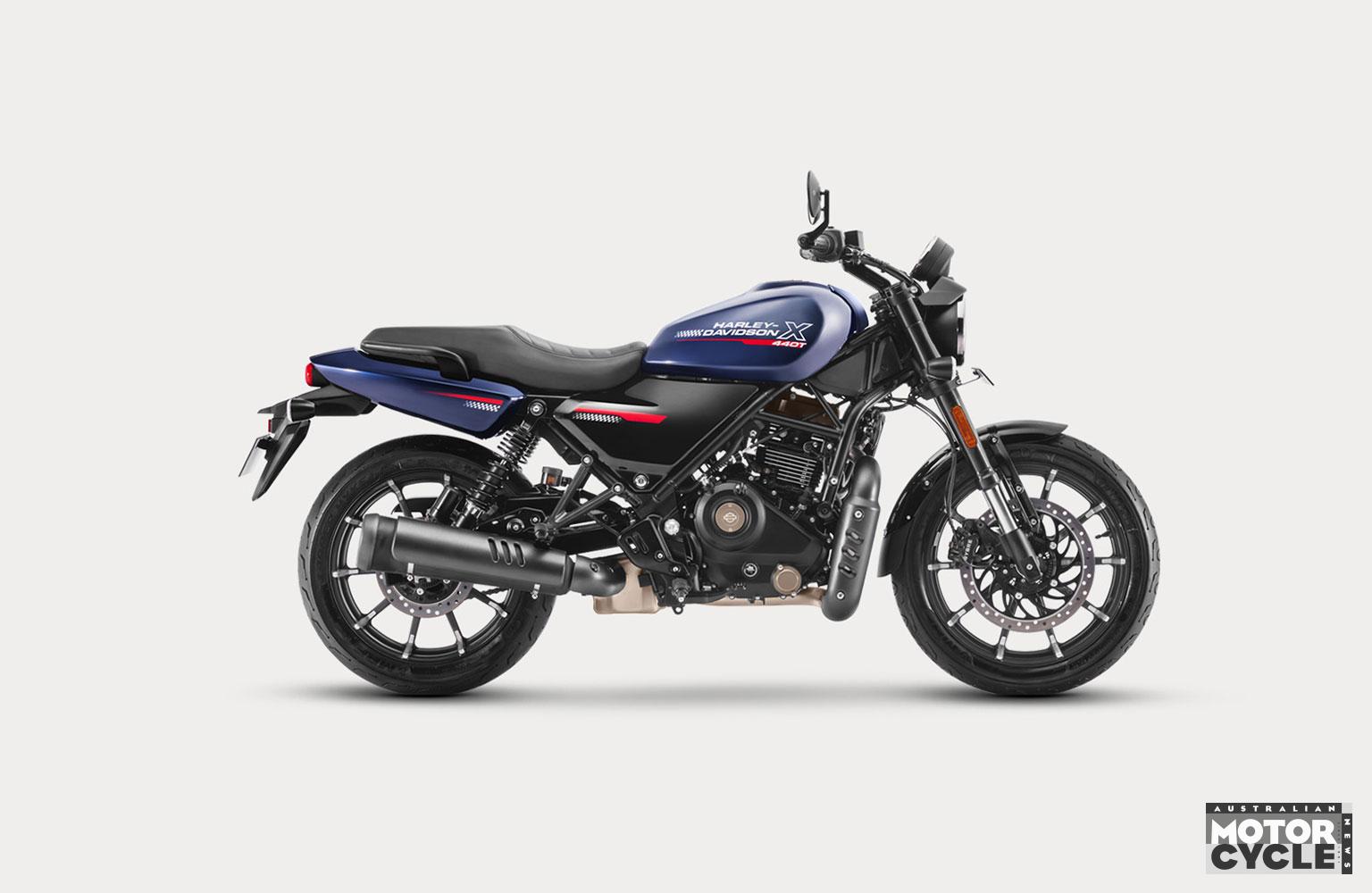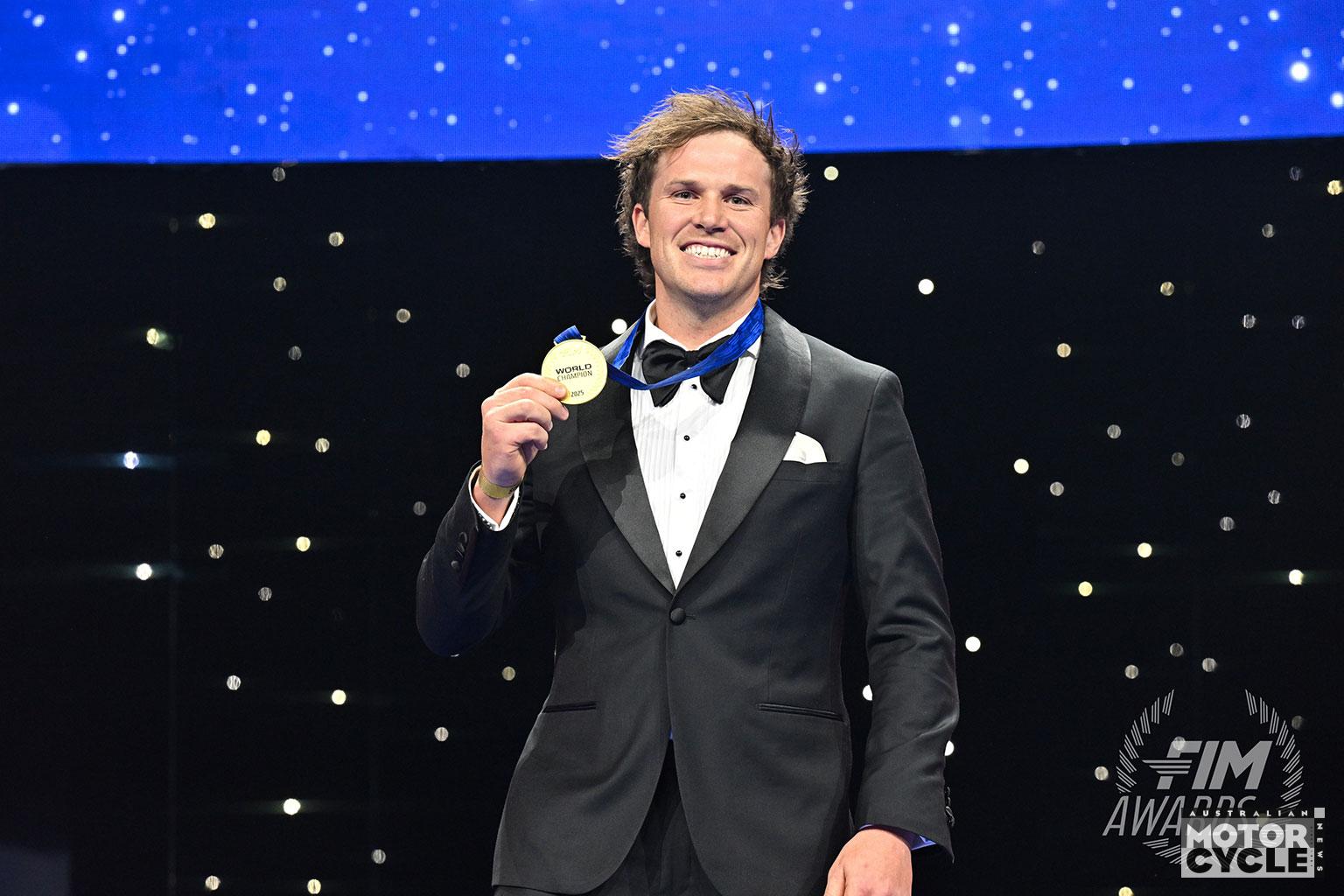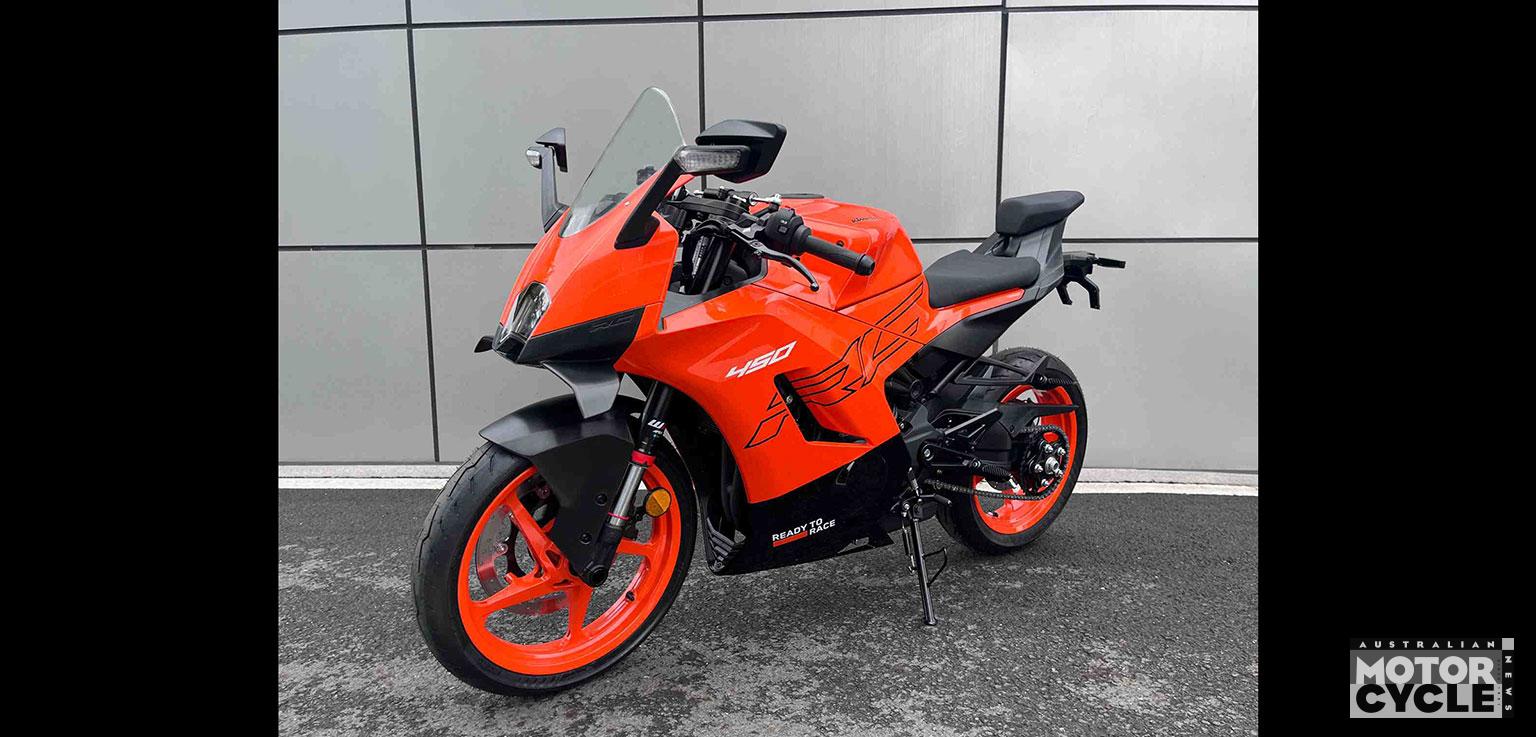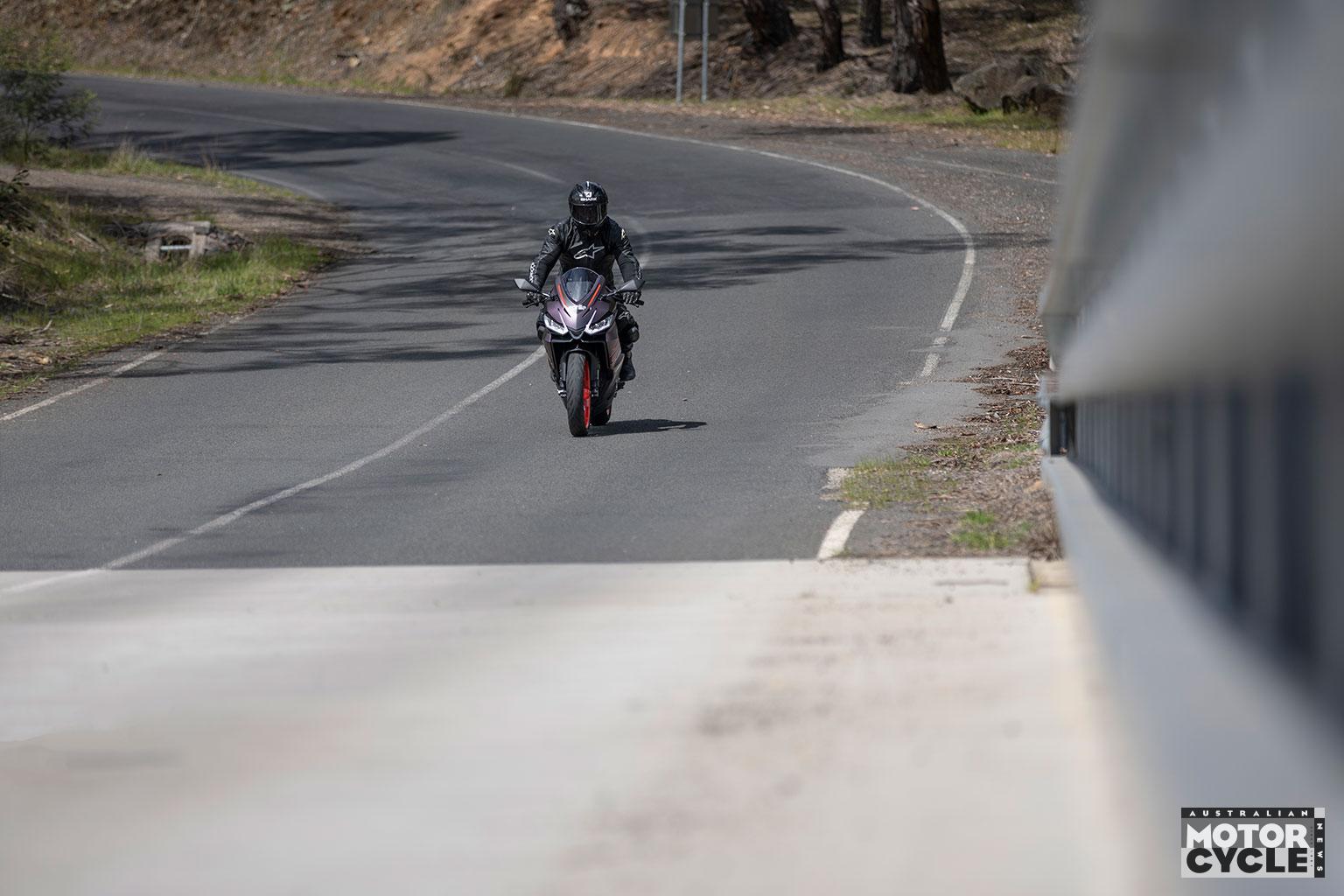Creditors owed 3.3 billion dollars approve restructuring plan, production to recommence next month
A large crowd gathered today at the regional court in Ried im Innkreis, Austria, for the creditors’ meeting concerning KTM AG’s financial future. The session, which began at 9 a.m., attracted nearly 100 attendees, including journalists and key KTM executives such as CEO Gottfried Neumeister and Stefan Pierer. The stakes were high, as the decision could determine whether KTM continues operations or faces bankruptcy and asset liquidation.

Final negotiations went late into the night, but by the morning, most creditors were convinced. The restructuring plan was put to a vote, originally set to conclude by midday, but due to the complexity of the process—involving over AUD 3.3 billion in liabilities and thousands of jobs—the counting extended until 1:30 p.m. Finally, by 2 p.m., it was confirmed: KTM AG’s creditors had approved the restructuring plan.
Under the approved plan, creditors will receive a one-time payment of 30% of their claims, requiring KTM AG to transfer AUD 900 million to the restructuring administrator by May 23, 2025. A court ruling set for June 2025 will finalise the restructuring process, officially bringing KTM out of insolvency.
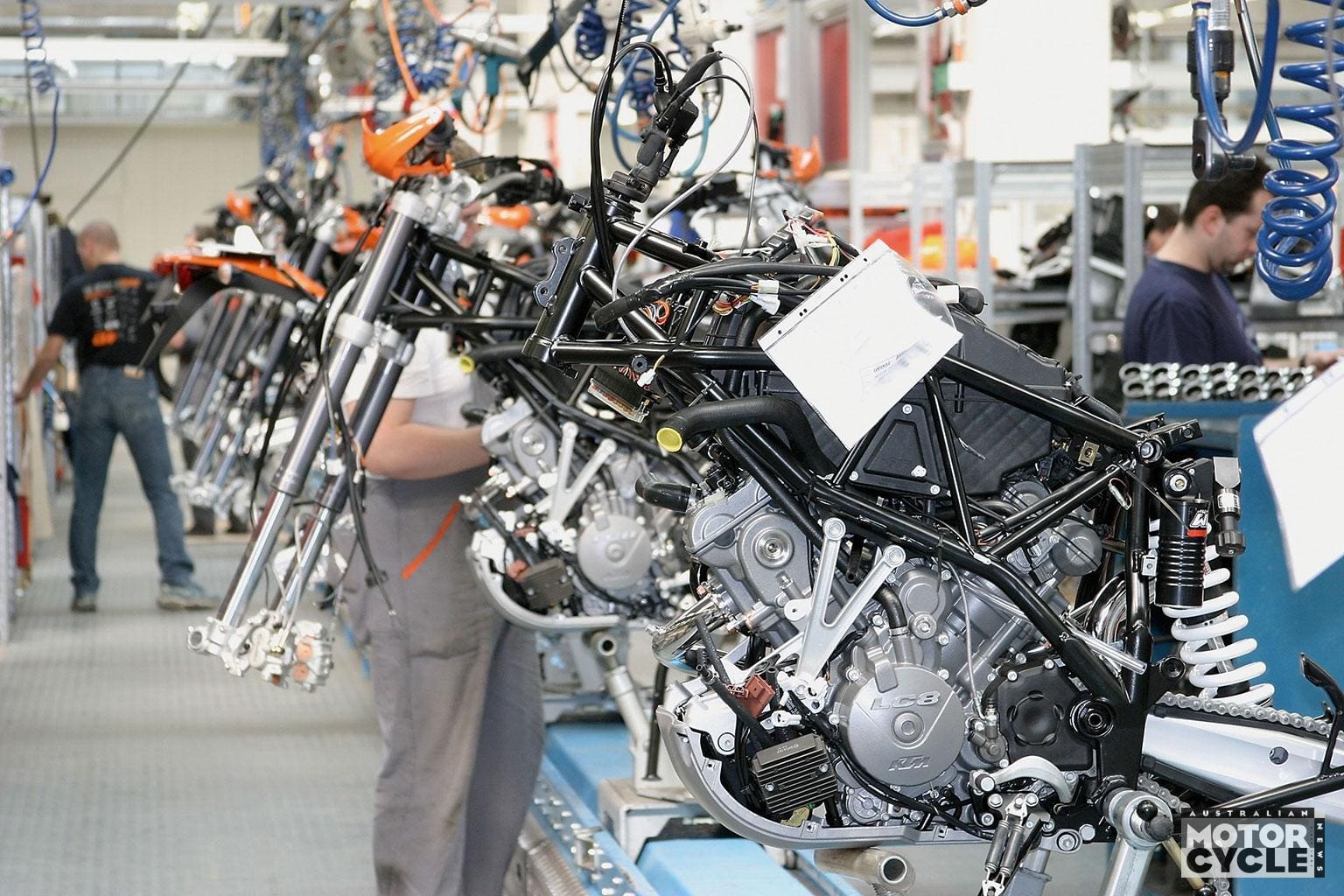
Additionally, AUD 82 million in fresh financial backing from KTM’s shareholders will allow production to restart in mid-March 2025. The company plans to return to full capacity within three months.
KTM’s troubles began when insolvency proceedings were initiated on November 29, 2024, after accumulating debts of over AUD 3.3 billion. Restructuring administrator Peter Vogl played a key role in coordinating efforts to save the company, working closely with the management team led by majority owner Stefan Pierer and newly appointed Co-CEO Gottfried Neumeister.
Pierer, a renowned restructuring expert, took steps to regain creditor confidence, including stepping down as CEO of KTM AG and Pierer Mobility AG in January 2025. His replacement, Gottfried Neumeister, brought extensive business experience, including time at Siemens, airline Flyniki, and catering giant DO & CO. His appointment, along with financial backing from key investors, reassured creditors that the company was on a sustainable path.
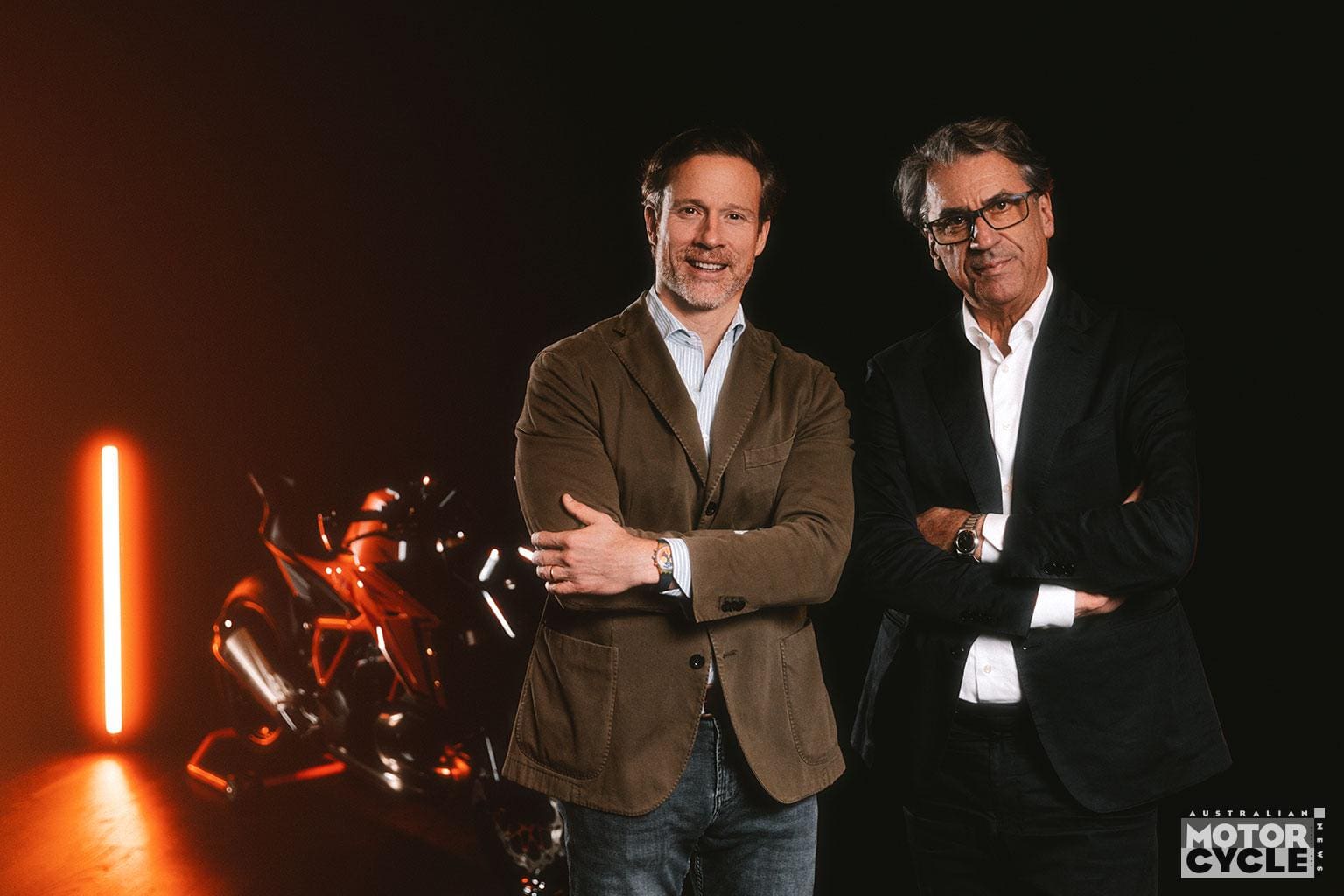
Pierer originally acquired KTM in 1992 when the brand was struggling, growing it into Europe’s largest motorcycle manufacturer. In 2023, despite a record production of 381,155 motorcycles, the company suffered severe financial stress due to a failed expansion into bicycles, which resulted in AUD 658 million in losses. This, along with the impact of the Ukraine war on supply chains and economic turmoil from inflation and rising interest rates, conspired to stall the company’s rapid expansion.
KTM’s financial struggles were compounded by an overextension in acquisitions, including unsuccessful attempts to buy Ducati and a costly investment in the struggling Italian brand MV Agusta. The MV Agusta deal was reversed in early 2025, bringing in much-needed capital.
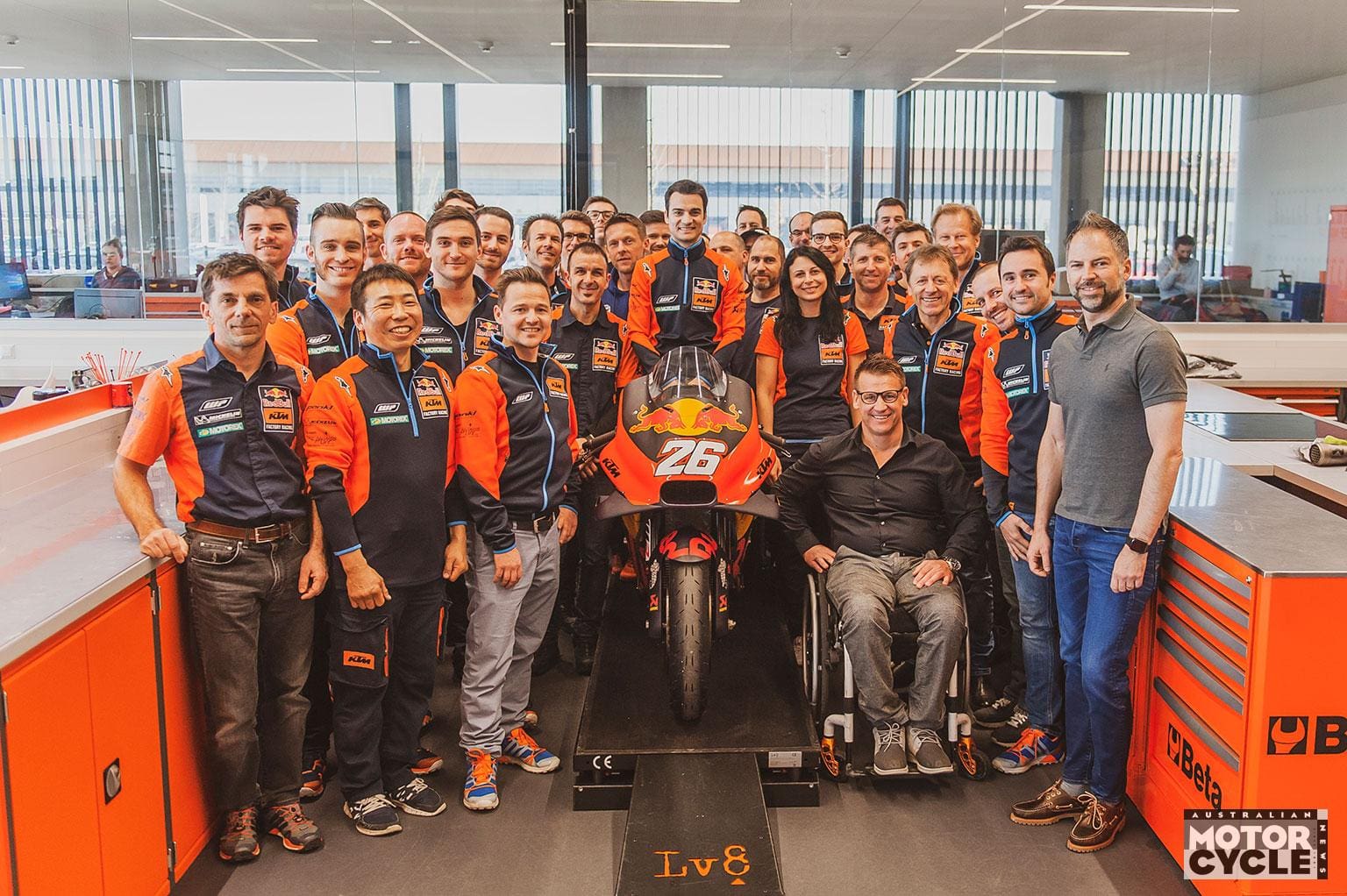
As of February 2025, KTM’s restructuring received a critical boost with fresh capital injections from investors, including Bajaj Auto (India) and CFMOTO (China). These combined efforts secured up to AUD 1.5 billion, with AUD 250 million allocated for production restart on March 17, 2025.
Rumours of BMW taking over KTM and shutting down Austrian operations were dismissed as false, with executives making it clear that no such deal was considered.
Despite financial difficulties, KTM’s motorsport activities will continue, though with a reduced factory rider lineup from 52 to 40 riders in 2025. The KTM Factory Racing team in Munderfing—which employs around 150 staff—remains operational.
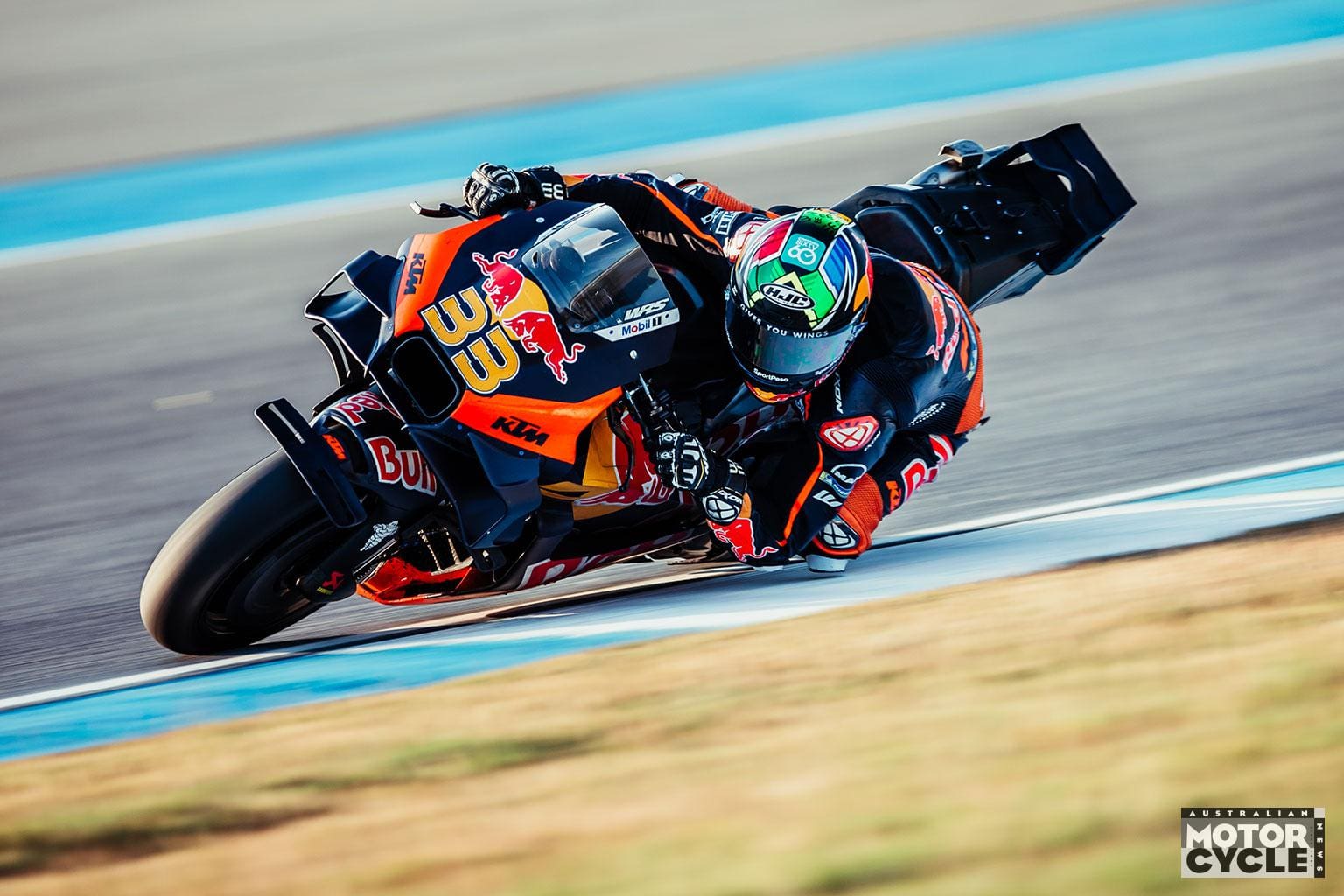
Team plans for MotoGP remain unchanged, with Pedro Acosta, Brad Binder, Maverick Viñales, and Enea Bastianini all contracted until the end of 2026. KTM Motorsport Director Pit Beirer reinforced that the insolvency proceedings did not significantly affect race preparations and that the 2025 season, set to begin in Buriram, Thailand, will proceed as planned.


